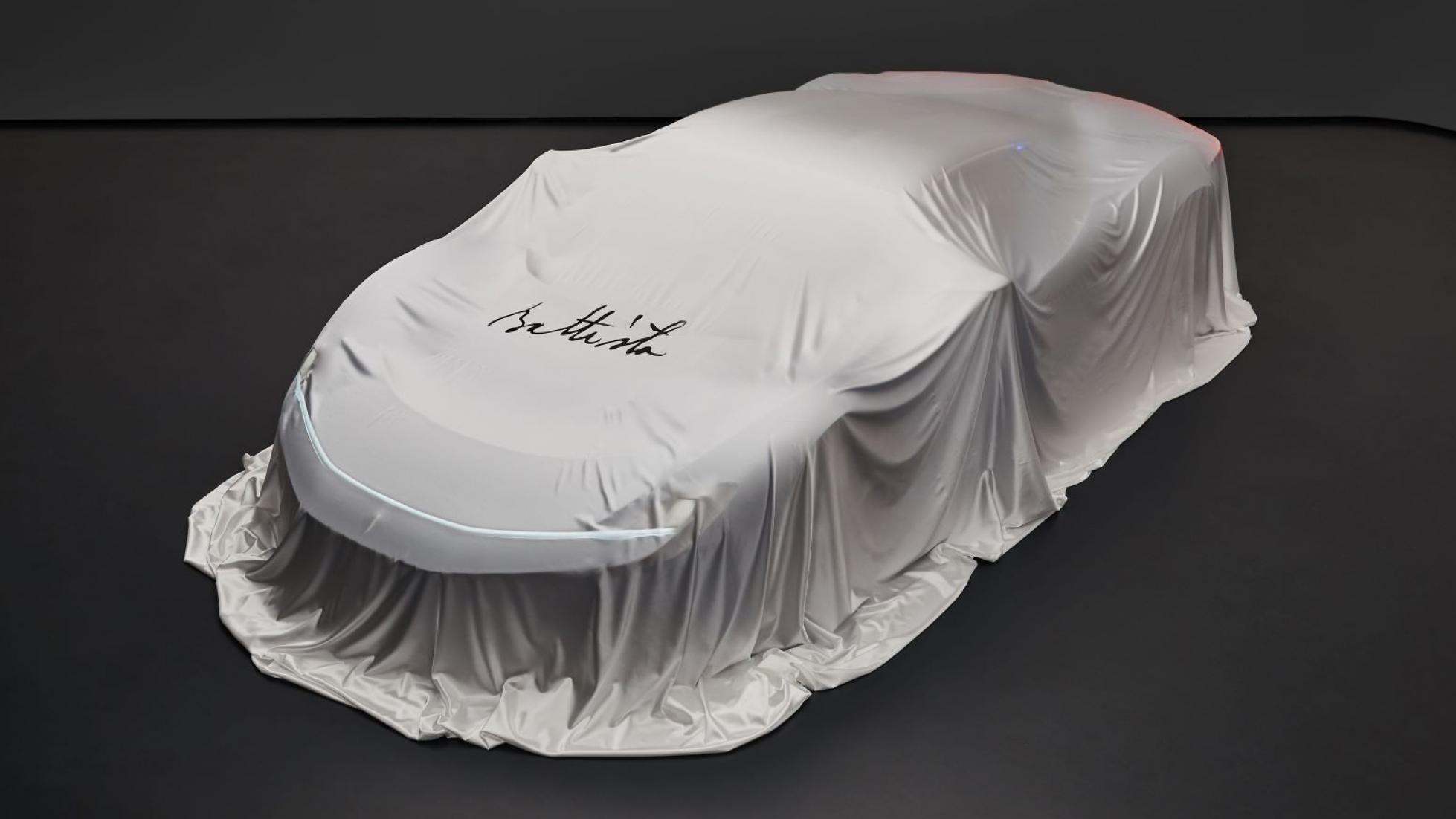Pininfarina’s 1,900bhp electric hypercar is called 'Battista'

Quite the conundrum. What on earth do you name a 1,900bhp, fully electric hypercar backed by a design house with nearly 90 years of history? Something flashy and futuristic? A letter and number designation (it was codenamed PF0)? Heck, just a symbol?
No, you make it simple. Name it after the founder. Welcome then, to the ‘Battista’. You can’t see it just yet because it’s not ready, and only a few people in the world have indeed seen it. No, the Battista will be fully unveiled next year at the Geneva Motor Show in March, but you no doubt know all about the car formerly known as PF0.
It’s the first offering from Automobili Pininfarina, a company formed to fulfil Pininfarina founder Battista’s long-held dream of offering standalone production road cars. Though both he and son Sergio designed for numerous brands over their lifetimes, building up Pininfarina SpA into the entity you know today, neither oversaw their own car.
That now falls to Battista’s grandson Paolo. And it’ll be quite something. “This hypercar will boast world-beating performance, technological innovation and of course, elegant styling,” explained Paolo. “For me, we simply had to call it Battista. His dream becomes reality today as we link our glorious past with the future of motoring.”
There’s a quad-motor setup sourced from Rimac, producing 1,900bhp and a shade under 2,305Nm of torque. This means 0-100kph in less than two seconds, and a top speed a whisker over 400kph. At this point, all bets are off.
Automobili Pininfarina reckons on 483 kilometres of range – a ‘potential’ range of course – and each one will cost between $2m and $2.5m. Only 150 cars are being built, 50 for the US, 50 for Europe and 50 for the Middle East and Asia, and last time we checked, a substantial number of those cars have already been allocated.
A significant outlay, but then it’ll look special. “My grandfather used to say that our cars are designed by the wind,” Paolo told TopGear.com last month. “He was attracted by the walls of the snow in the street, and in the mountains, the shape of ice and snow as designed by the wind. We had to comply with this idea of smoothness, of fluidity and aerodynamics. Driven by the air.
“The car that we are doing is following this clear vision,” he added.

